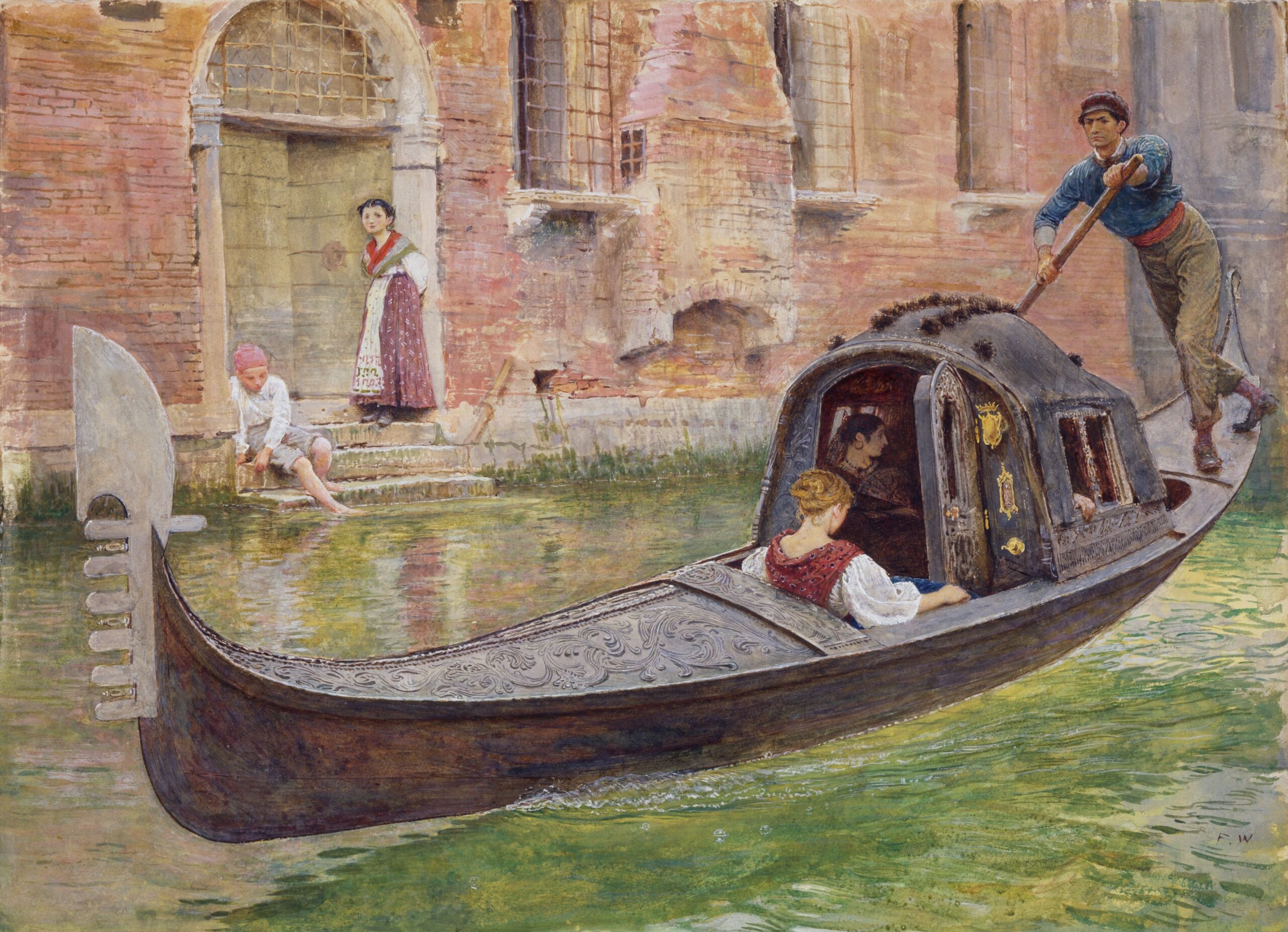There is an intricate art behind creating animal habitats that mimic their natural environments while ensuring their wellness and safety. This art is the backbone art of zoo design and caretaking. In this section, we will delve into the fascinating world of zoo design and caretaking, exploring the efforts of U.S. zoos in providing exceptional care for their animals through innovative programs and initiatives.
Through meticulous planning and creation, zoos aim to replicate natural landscapes and incorporate enrichments that stimulate animals mentally and physically. This helps in meeting the unique needs of various animal species and creating animal habitats that are as close to their natural environments as possible.
The art of zoo design and caretaking is not just limited to the physical creation of animal habitats. It also encompasses comprehensive wellness programs implemented by zoos to address the physical, mental, and emotional well-being of their animal residents. Zoos prioritize the health and happiness of their animals through veterinary care, proper nutrition, and behavioral enrichment programs.
Join us as we explore the science and skill that goes into designing animal habitats and the importance of caretaking in ensuring the wellness of animals in U.S. zoos.
The Science and Skill of Zoo Design
Creating animal habitats within zoos is a meticulous and intentional process that requires scientific knowledge, artistic vision, and attention to detail. Zoo designers work to create environments that mimic the natural habitats of the animals while also providing adequate space, shelter, and safety.
The Role of Science in Zoo Design
Science plays a critical role in zoo design as it provides the necessary understanding of animal behavior, biology, and ecology. Designers must consider the needs of the animals in terms of space, temperature, climate, and socialization. For example, animals that come from warm climates require habitats that can maintain a certain level of warmth, while those from colder climates require habitats designed to provide adequate shelter and warmth during colder temperatures.
The Art behind Zoo Design
While science provides a foundation for zoo design, the art of creating an environment that feels natural for the animals while also pleasing to the eye is equally important. Designers must consider aesthetics and the way visitors experience the habitat. They must balance form and function, creating habitats that provide the animals with everything they need while also creating visually appealing exhibits that keep visitors engaged and interested.
Innovative Zoo Design Strategies
Designers are constantly seeking innovative strategies to improve animal habitats within zoos. For example, some zoos are incorporating technology to enhance animal habitats, with features such as touch screens that allow visitors to learn more about the animals in the exhibit. Others are focusing on creating habitats that promote natural behaviors, such as designing habitats with climbing structures for primates. Zoo designers also consider the importance of enrichment activities that keep animals mentally and physically stimulated.
In conclusion, zoo design is a skillful combination of science and art that requires a deep understanding of animal behavior and ecology, along with a creative vision to design habitats that are visually appealing. Innovative strategies are constantly being pursued to improve the experience of both the animals and visitors within U.S. zoos.
Caretaking for Animal Wellness in U.S. Zoos
Providing exceptional care for animals is a top priority for U.S. zoos. Caretaking involves implementing extensive wellness programs that address the physical, mental, and emotional needs of animals.
Veterinary Care:
One of the most critical aspects of caretaking in U.S. zoos is veterinary care. Zoos have onsite veterinary hospitals or partnerships with local animal hospitals to provide comprehensive medical care to their animal residents. Highly trained veterinarians and veterinary technicians ensure that animals receive the necessary vaccinations and routine check-ups to maintain their health. Additionally, they are available to provide immediate medical attention in case of illness or injury.
Nutrition:
U.S. zoos have expert animal nutritionists who create specialized diets for each animal species. These nutritionists ensure that the animals receive the necessary nutrients, vitamins, and minerals needed to thrive. Animal diets are regularly updated based on their changing needs and preferences. Zoos also provide a variety of food options to stimulate the animals’ taste buds and provide enrichment opportunities.
Behavioral Enrichment Programs:
U.S. zoos have implemented behavioral enrichment programs to promote mental and physical stimulation for their animal residents. These programs mimic activities that the animals would engage in within their natural habitats. For instance, animals are provided with puzzle feeders, toys, and interactive exhibits that promote exploration and stimulate their senses. Additionally, animals are given opportunities to engage in activities such as climbing, swimming, and socializing, which are critical to their overall wellbeing.
In conclusion, taking care of animals in U.S. zoos involves extensive wellness programs that cater to their unique needs. From veterinary care to behavioral enrichment programs, U.S. zoos prioritize the health and happiness of their animal residents.



